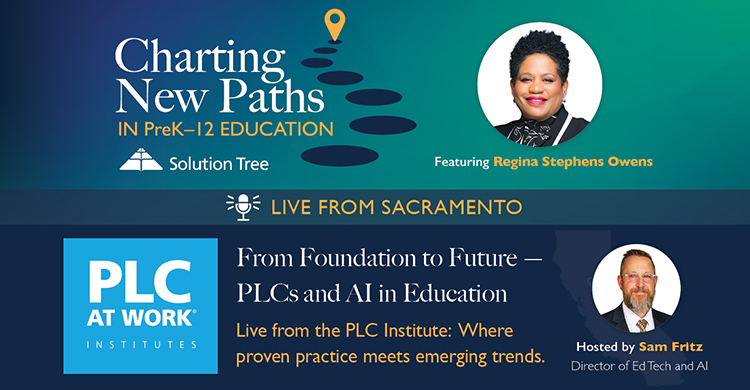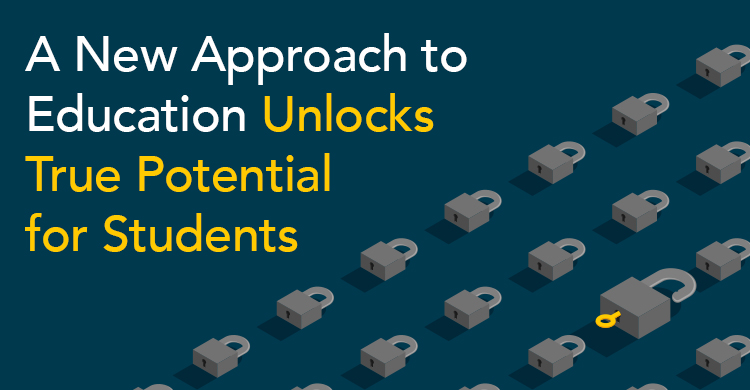Dictionary.com defines maxim as “a general truth or principle” or “a rule of conduct.” A few years ago when I was a high school principal leading the implementation of a PLC at my school, I wrote an article for NASSP with a subtitle emphasizing the importance of allocating school resources to support PLC development, if indeed this was how we would run our school.
Now in working with schools in my district striving to become PLCs, as well as other PLCs across the country, I hear common frustrations on the need for district coordination, leadership, resources, and yes, money, to aid them in their efforts. I offer up front that money, in its most common form, need not be an obstacle to implementing PLCs. However, calling upon Dictionary.com once again, money is defined as “capital to be borrowed, loaned, or invested” —very much has a place for engendering model PLC schools and districts.
I believe I speak for many districts with this claim: While we generally succeed in providing the schools the autonomy to implement PLCs, we fail miserably in providing the support, leadership, time, and capacity-building to ensure their prosperity. In my district, we are trying to change this, although we have had a long-standing core value to model effective PLCs in our schools, recently we have begun to put our money where our maxim is. While some of the support for districtwide PLCs has been a result of leftover grant funding and personnel realignments, we have purposely invested capital (think people, time, guidance, and autonomy) to support districtwide implementation of PLCs. Since we have over 150 schools, including neighborhood, option, and charter schools, these schools represents every place on the continuum.
We have an exceptional district leader who effectively serves as the “PLC district coordinator.” As part of their responsibilities, he and his team have accomplished the following in just one year:
- Researched and provided books and resources for utilization by school teams
- Organized teams from many schools to attend a PLC institute
- Provided in-school and in-district customized PLC training
- Organized and implemented capacity-building opportunities in which teams from different schools learn, share and celebrate together
- Met with school leadership teams in their building to provide clarity and support for PLC development
- Worked with community superintendents (like me) and level directors to help monitor PLC implementation
- Secured grant funding to provide schools and district leaders with PLC training and resources
- Provided ongoing communication celebrating the successes of PLCs across the district
In Learning by Doing (2010), DuFour, DuFour, Eaker, and Many state, “In every instance of effective systemwide implementation of the PLC process we have witnessed, central office leaders visibly modeled the commitment to learning for all students . . . They created structures and processes to help principals and teachers function as collaborative teams” (p. 211). In our district, we are now providing the necessary commitment, clarity, and support for PLC sustainability and improvement.
Recently, I spent several hours at our district’s “PLC Share Fair” at which I sat and learned with school teams while learning from other school teams. The common theme for many of these schools was celebrating small wins of PLC implementation, not PLC results, because the results are not yet realized. For these schools dedicated to effective implementation of PLCS, the results in student learning will come, most assuredly, especially if we as a district continue to provide the “money” for them to thrive.
References:
DuFour, R., DuFour, R., Eaker, R., & Many, T. (2010). Learning by doing: A handbook for professional learning communities at work™. Bloomington, IN: Solution Tree Press.
[author_bio id=”87″]







How exciting to read about the implementation of PLCs across a large district at this time when money is often used as a reason it can’t be done. Celebrating small wins instead of only looking for huge student gains right away makes staff, students and parents feel progress is happening and will continue to grow. As a HS staff member and educational leader recently moving to Arvada, CO from another state, I am again optimistic about possibilities of student learning across grades, contents and levels.
Judith Ludwig-Keller M.S. CCC-SLP